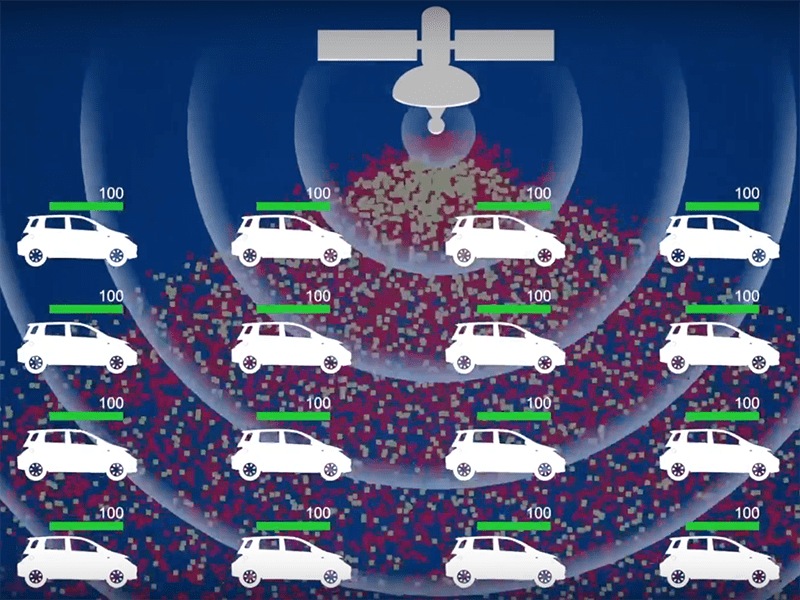
Photo: SSPI
Remember the talking car? You would have to be of a certain age to do so. And I'm not talking about Knight Rider, the TV show about the robot car that was smarter than the guy driving it. I'm talking about real automobiles that talked to you. It was the bright idea of automakers back in the early 90s. When you got into your car and started it, the computer immediately began nagging you to do things.
It was a very short-lived innovation. Automakers discovered that being nagged by your car was less of a feature and more of a bug than they had expected.
Avoiding the Annoying Connection
Today, of course, your car is smarter than the one on Knight Rider, with an average of 100 million lines of software under the hood. Millions of them are already connected over cellular to provide navigation, internet, and roadside assistance. In 2016, for the first time, cellular connections for cars grew at a faster rate than new phone connections. Som the demand for vehicle connectivity is there.
It seems likely, however, that this connectivity – including increasing amounts of autonomy – will quickly outpace the ability of the cellular network to keep up. Sure, 5G will solve all our problems someday – but if you dig into the progress of 5G, you realize that it will be years if not decades before there is enough coverage to fulfill its promise. And even then, it won't go everywhere that vehicles go. In the US, 97 percent of all land is rural and it is home to 60 million people.
That's why the leading innovators in flat-panel satellite antenna design are banking on the connected car as their biggest market opportunity. If my safety depends on up-to-date maps in incredible detail and frequent downloads of massive software, I want a better-than-cellular connection. If my car actually turns into the mobile media center of automakers' dreams, I need better than LTE capacity. If I have to defend my car from cyberthreats, I want a satellite link. And I want it, not just in the city center, but everywhere I go.
The only thing I don't want from the connected car is a conversation. But I will probably get that, too.
Hitting the Consumer Price Point
Analysts have made it clear that flat-panel technology has a way to go before it can deliver the promised performance at a consumer-friendly price point. In the next couple of years, the smart money in flat panels will target the usual offshore, maritime, rail, and aeronautical markets while working hard to drive the price point downward.
But does anybody seriously doubt that they will get there?
Author and futurist Arthur C. Clarke – a founding member of the Space & Satellite Hall of Fame – wrote some famous words on the topic. "When a distinguished but elderly scientist states that something is possible," he wrote, "he is almost certainly right. When he states that something is impossible, he is very probably wrong." Sir Arthur's adage needs to have its gender references brought up to date – but otherwise, he nailed it.
 Robert Bell is the executive director of Space & Satellite Professionals International. SSPI produces the Better Satellite World campaign, which dramatizes the immense contributions of space and satellite to life on Earth. More at www.bettersateliteworld.com.
Robert Bell is the executive director of Space & Satellite Professionals International. SSPI produces the Better Satellite World campaign, which dramatizes the immense contributions of space and satellite to life on Earth. More at www.bettersateliteworld.com.
